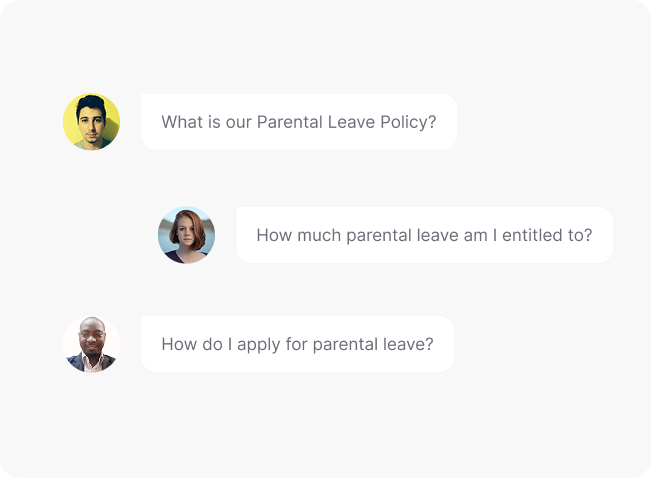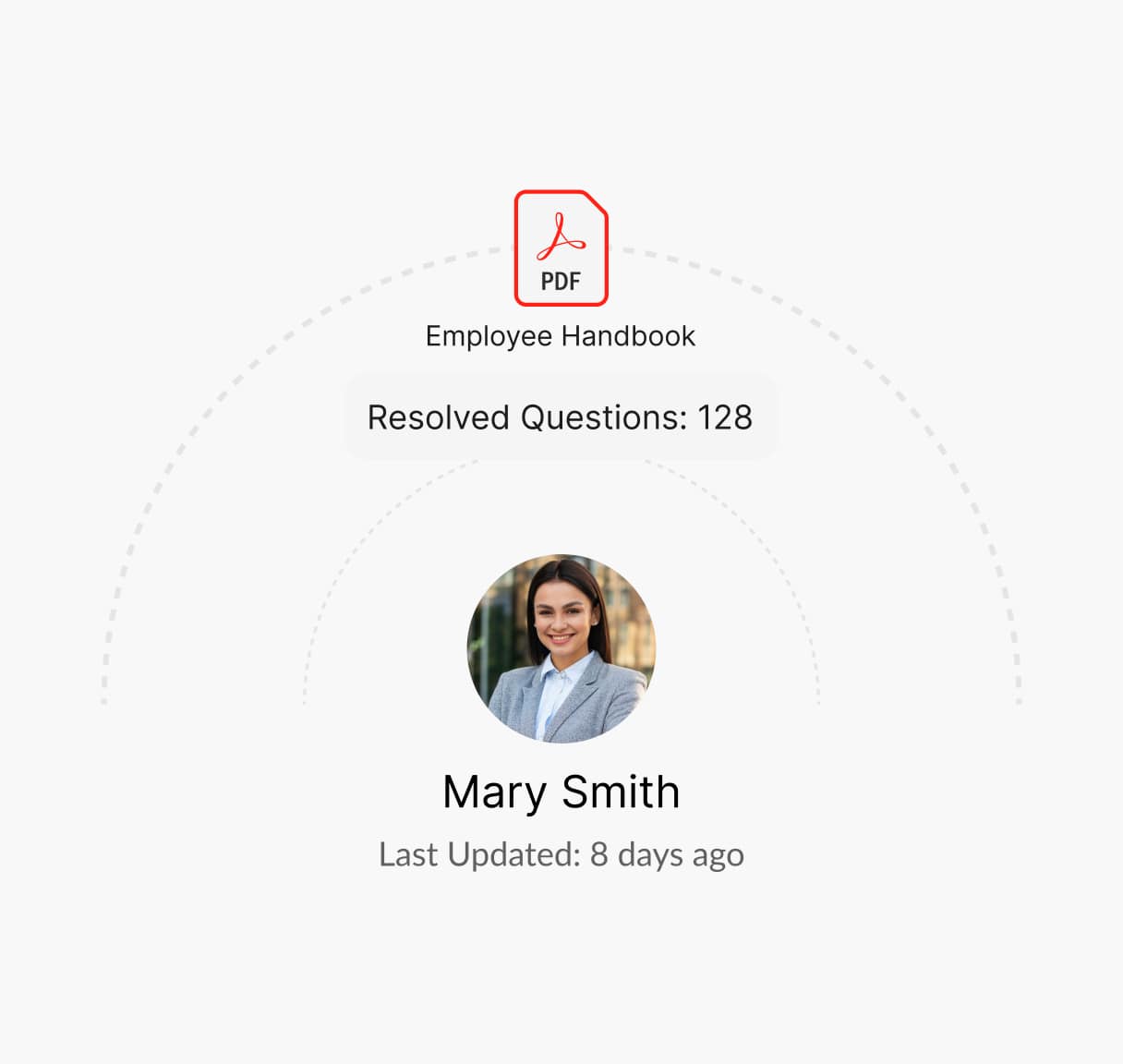Everything You Need to Know About Parental Leave Policy
A parental leave policy is essential for supporting employees during one of life’s most significant transitions—becoming a parent. It provides clear guidelines for taking time off for childbirth, adoption, or fostering, promoting work-life balance and fostering a family-friendly workplace culture.

What is a Parental Leave Policy?
A parental leave policy outlines an organization’s provisions for employees who need time off to care for a new child, whether through birth, adoption, or fostering. This policy defines the types of leave available, eligibility criteria, the duration of leave, and whether it is paid or unpaid. A well-crafted parental leave policy ensures compliance with labor laws, supports employees’ needs, and enhances retention by creating a supportive work environment.
Guidelines for Creating a Parental Leave Policy
Crafting a comprehensive parental leave policy ensures consistency, transparency, and legal compliance. Here are key steps to guide you:
Define Leave Types and Durations
Specify the types of leave offered, such as maternity, paternity, adoption, and shared parental leave, along with their respective durations. Align these with federal, state, or local labor laws.
Establish Eligibility Criteria
Clarify eligibility requirements, such as employment tenure (e.g., at least 12 months of continuous service) and full-time or part-time status.
Outline Paid and Unpaid Leave Options
Clearly define the portion of leave that is paid and whether additional unpaid leave is available. Specify if payment will be based on a percentage of salary or provided as full pay.
Detail the Leave Request Process
Provide a step-by-step guide on how employees can request parental leave, including timelines for notifying HR, submitting documentation, and seeking approval.
Highlight Job Protection and Benefits Continuity
Reassure employees that their jobs will be protected during parental leave, and explain how benefits (e.g., health insurance) will be maintained during this period.
Support Flexibility for Returning to Work
Address options for employees returning to work, such as phased returns, remote work, or adjusted schedules to ease the transition.
What is Covered in a Parental Leave Policy?
An effective Parental Leave Policy should include the following
Types of leave
Clearly define maternity, paternity, adoption, and fostering leave, including their durations and any additional options for non-traditional family structures.
Paid vs. Unpaid Leave
Explain how much of the leave is paid, the payment structure, and whether employees can use accrued paid time off (PTO) or vacation days to extend paid leave.
Eligibility Requirements:
Specify the criteria employees must meet to qualify for parental leave, including tenure, employment status, and any relevant documentation.
Leave Request Procedure
Provide detailed instructions on how to apply for parental leave, including timelines, required forms, and approval processes.
Job Protection and Reinstatement
Reassure employees that their positions will be protected, and outline how they will be reinstated to the same or an equivalent role upon their return.
Benefits Continuation
Explain how benefits like health insurance, retirement contributions, and other perks will be maintained during the leave period.
Adoption and Foster Care Provisions
Include provisions for employees who are adopting or fostering children, ensuring inclusivity in the policy.
Returning to Work
Describe options for phased returns, flexible scheduling, or telecommuting arrangements to ease employees back into the workplace.
Compliance with Laws
Ensure compliance with FMLA or state-specific parental leave laws, and outline additional company-provided benefits where applicable.
Need help creating a Parental Leave Policy?
How Winslow Helps HR Teams Streamline Parental Leave Management
Winslow, your AI-powered HR assistant, helps simplify the management of your parental leave policy, ensuring employees understand their leave entitlements while reducing administrative workload for your HR team.

Instant answers anytime
Winslow enables employees to instantly access the parental leave policy via Slack, Teams, or email, providing clarity and support whenever needed.
Personalized Support
Winslow provides immediate, AI-driven answers to all HR questions, including those about your Parental Leave Policy, ensuring employees understand their leave entitlements and benefits.


Analytics and Insights
Winslow tracks policy-related queries, helping you identify trends and areas where your policy might need improvement.
Simplify Parental Leave Queries with Winslow
Winslow empowers HR teams to manage parental leave efficiently, reducing the time spent on repetitive questions and enhancing the employee experience.
Frequently asked questions
Have further questions about Winslow, contact us at sales@usewinslow.com
How do I decide on the duration of leave?
The duration should align with legal requirements (e.g., FMLA) while considering the company’s resources and culture. Offering competitive leave durations can improve employee retention.
How can we support employees returning from leave?
Consider flexible scheduling, phased returns, or remote work options to ease their transition back into the workplace.
Can part-time employees qualify for parental leave?
It depends. While FMLA applies to full-time employees in most cases, you may choose to extend benefits to part-time staff as a supportive practice.
What is the difference between parental leave and FMLA?
Parental leave is a benefit provided by employers, which may be paid or unpaid, and is specifically designed for employees taking time off to care for a new child. FMLA (Family and Medical Leave Act) is a federal law that guarantees eligible employees up to 12 weeks of unpaid, job-protected leave for various family or medical reasons, including parental leave, but it does not mandate paid time off.
What is a good parental leave policy?
A good parental leave policy is clear, inclusive, and provides adequate time off to support employees during their transition to parenthood. It typically includes paid leave options, flexible durations, job protection, and transitional support to ensure employees feel valued and supported.
What is the FMLA 3-day rule?
The FMLA 3-day rule refers to the threshold for determining if an employee’s serious health condition qualifies for FMLA leave. If an employee is incapacitated for more than three consecutive calendar days and meets additional criteria, such as ongoing medical treatment, they may qualify for FMLA protection. While not specific to parental leave, this rule may apply to certain health conditions related to childbirth or complications.
Additional resources
Device Usage Policy
Managing employee leave effectively is vital for maintaining workforce productivity and compliance....
Learn moreconfidentiality policy
Protecting sensitive information is crucial. A clear Confidentiality Policy outlines guidelines for...
Learn moreclaim reimbursement
Ensuring fair compensation for expenses is key. A clear Claim Reimbursement Policy...
Learn more




